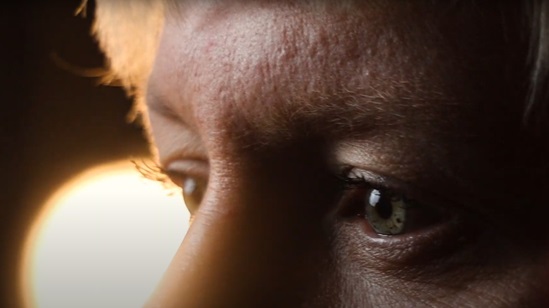Child maltreatment is any form of physical and/or emotional or sexual abuse, deprivation and neglect of children or commercial or other exploitation resulting in harm to the child’s health, survival, development or dignity.
In the European Region it is estimated that before reaching the age of 18 years, 18 million children have suffered from sexual abuse, 44 million from physical abuse and 55 million from emotional abuse. When severe maltreatment can be fatal, and over 850
children aged under 15 years die every year as a result. The non-fatal consequences are grave with far-reaching effects on children’s physical, mental and social wellbeing. Child maltreatment is a leading cause of inequality and social
injustice, with poorer and disadvantaged populations being more at risk. Low- and middle-income countries account for 71% of homicide deaths in children in the region, and boys account for 60% of homicide deaths.
The true extent of child maltreatment and the harm done to health and development have only just begun to be mapped out. To ensure children’s rights to grow and develop in a safe and caring family environment free from violence, WHO/Europe has published
the “European report on preventing child maltreatment”. This promotes an evidence-based and multisectoral approach with interventions at all levels of the child’s environment including children themselves, their parents and family,
the community they live in and society at large.
Adverse childhood experiences
Child maltreatment is one of a series of adverse childhood experiences (ACEs) often occurring simultaneously through household dysfunction – parental violence or separation, or a household member having an alcohol or drug problem, being incarcerated
or suffering from a mental illness. ACEs are a major risk factor for psychiatric disorders and suicide and have lifelong sequelae, including depression anxiety disorders, smoking, alcohol and drug abuse, aggression and violence towards others, risky
sexual behaviours and post-traumatic stress disorders. Preventing violence against children therefore contributes to preventing a much broader range of mental and physical disorders, including noncommunicable diseases, and the intergenerational transmission
of violence. Safe, stable and nurturing relationships with parents and other caregivers are central to a child’s healthy development and are an essential facet in a life-course approach.
Surveys of ACEs were conducted
in several eastern European countries in collaboration with the Regional Office including Albania, Czech Republic, Latvia, Lithuania, Montenegro, Romania, Russian Federation, Serbia, the former Yugoslav Republic of Macedonia and Turkey. Policy dialogues
are being held giving higher political priority to the prevention of child maltreatment.










